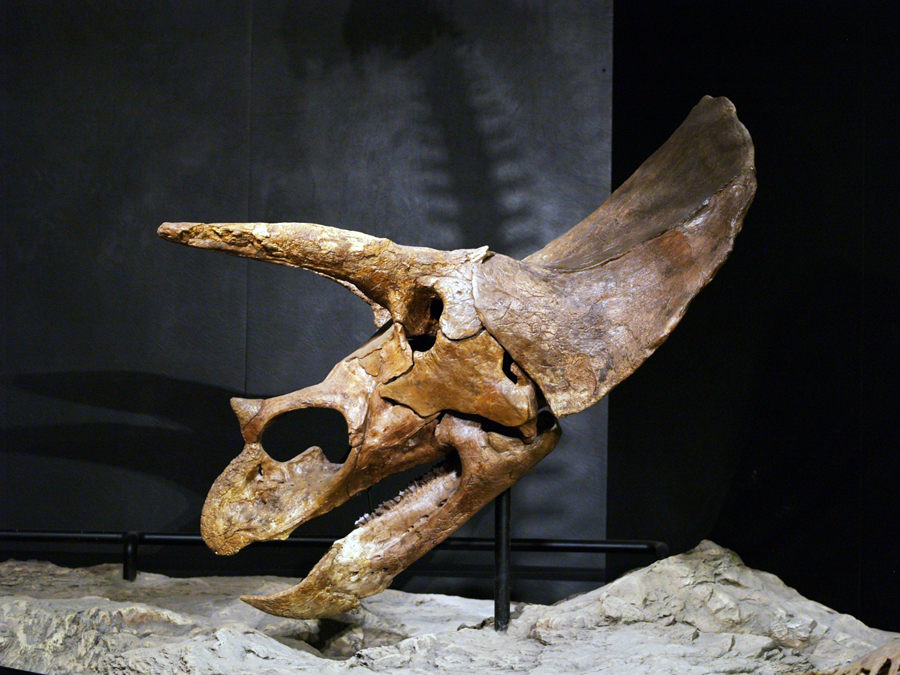The tale of Brontosaurus is one of the most fascinating stories in paleontology—a scientific soap opera spanning more than a century. This gentle giant of the Jurassic period has experienced a remarkable journey through scientific classification: first celebrated as an iconic dinosaur, then dismissed as a scientific error, and finally resurrected through advanced research. The saga reflects how science evolves, corrects itself, and sometimes comes full circle. Far from being just about naming conventions, the Brontosaurus controversy illuminates the changing methodologies of paleontology and how our understanding of prehistoric life continues to evolve with new evidence and technologies.
The Discovery that Started It All

The Brontosaurus story begins in 1879 when renowned paleontologist Othniel Charles Marsh announced the discovery of a new dinosaur genus. Working during the intensely competitive “Bone Wars” period of American paleontology, Marsh named his find Brontosaurus excelsus, meaning “thunder lizard” due to its immense size. The nearly complete skeleton unearthed in Wyoming’s Morrison Formation revealed a massive, long-necked herbivore that captured public imagination.
This discovery came just two years after Marsh had described another similar dinosaur he called Apatosaurus. Though Marsh noted similarities between the two genera, he considered them distinct enough to warrant separate classifications, primarily based on differences in vertebrae count and pelvic structure. The Brontosaurus quickly became one of the most recognizable dinosaurs in scientific and popular literature.
The Rise to Cultural Icon Status
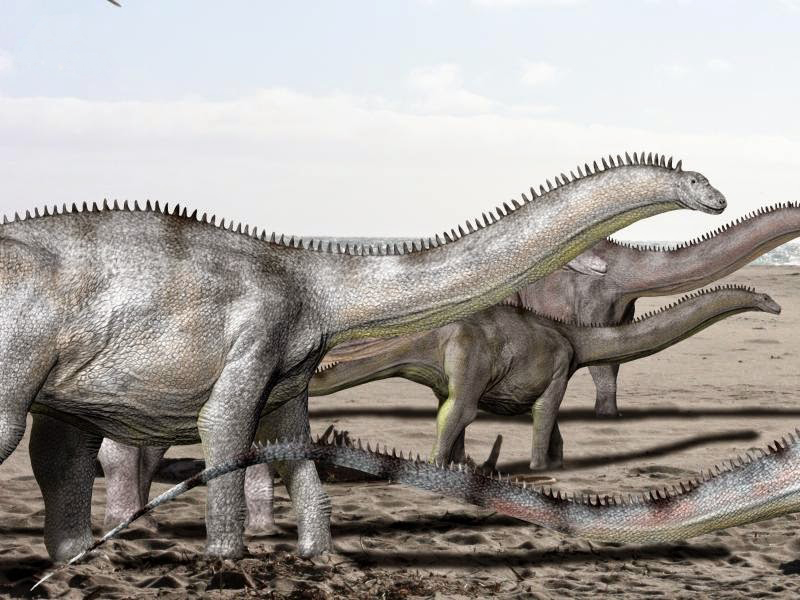
Following its discovery, Brontosaurus rapidly ascended to become one of the most beloved dinosaurs in popular culture. When the American Museum of Natural History mounted the first Brontosaurus skeleton for public display in 1905, it created an immediate sensation. The enormous creature, with its long, graceful neck and whip-like tail, became a centerpiece attraction that drew countless visitors. Children’s books, educational materials, and early dinosaur-themed entertainment widely featured the thunder lizard.
Even early films like the 1925 adaptation of “The Lost World” included Brontosaurus, cementing its place in the public’s dinosaur pantheon. The gentle giant represented everything fascinating about dinosaurs—enormous size combined with a seemingly peaceful nature—making it particularly appealing compared to predatory dinosaurs like Tyrannosaurus rex. This cultural prominence would make the scientific controversy that followed all the more shocking to the general public.
The Taxonomic Controversy Emerges

The seeds of controversy were planted as early as 1903, when paleontologist Elmer Riggs published a paper in the journal Geological Series of the Field Columbian Museum that would eventually lead to Brontosaurus’s scientific downfall. Riggs carefully compared the type specimens of Apatosaurus and Brontosaurus and concluded that the differences Marsh had observed were not significant enough to justify separate genera.
Instead, Riggs determined they represented two species of the same genus. Following scientific naming conventions, the older name—Apatosaurus, which Marsh had named in 1877—took precedence. This meant that technically, Brontosaurus excelsus should be reclassified as Apatosaurus excelsus. Riggs wrote quite definitively, “The genus Brontosaurus is now regarded as a synonym of Apatosaurus,” but his correction would take decades to be widely accepted in both scientific circles and popular understanding.
The Fatal Flaw: A Case of Mistaken Identity

One of the most dramatic elements of the Brontosaurus saga involved a significant error that persisted for decades. When Marsh originally described his Brontosaurus specimen, he didn’t have a complete skeleton—most notably, the creature lacked its actual skull. Following standard practice of the time, Marsh reconstructed the missing parts based on related species, attaching what was essentially a Camarasaurus-like skull to the Brontosaurus skeleton. This critical mistake created a fundamentally incorrect image of the dinosaur that persisted in museum displays and illustrations for nearly a century.
The error wasn’t broadly corrected until the 1970s, when scientists determined that both Apatosaurus and Brontosaurus actually possessed more elongated, horse-like skulls rather than the boxy, blunt skulls that had been erroneously attached to their mounted skeletons. This misrepresentation further complicated the taxonomic situation and contributed to the confusion surrounding these dinosaurs’ proper classification.
The Scientific Erasure of a Beloved Dinosaur
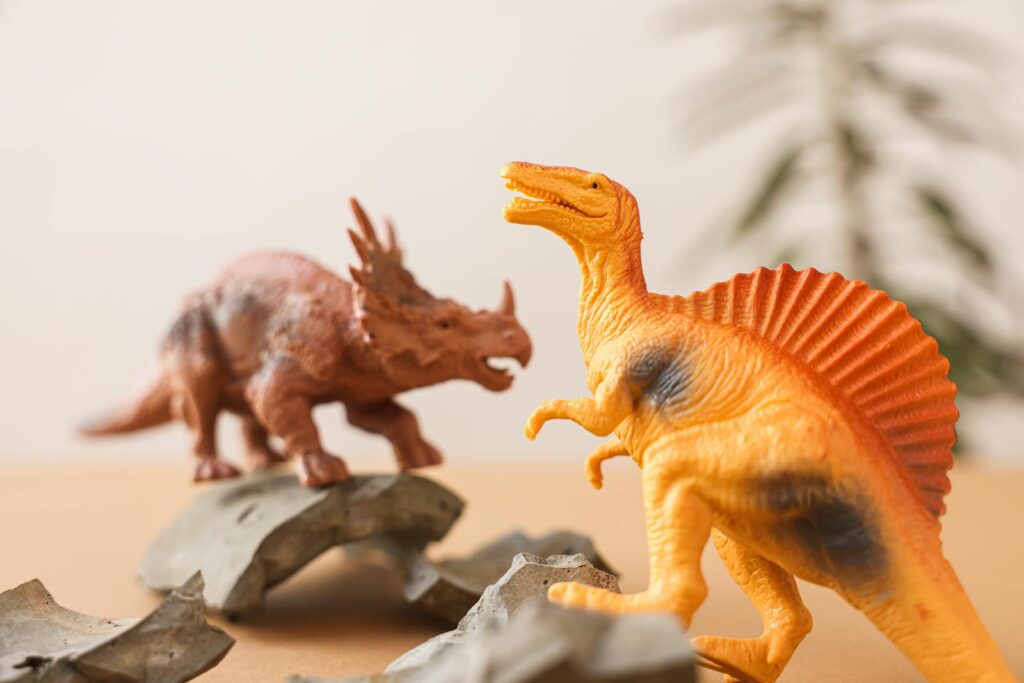
Though Riggs published his reclassification in 1903, the scientific community was remarkably slow to implement the change. Museums continued displaying “Brontosaurus” skeletons, and scientific texts often acknowledged the taxonomic issue while still using the more recognizable name. By the 1970s, however, paleontology was undergoing a renaissance with more rigorous approaches to classification. During this period, scientists began a systematic review of dinosaur classifications, including resolving the Apatosaurus-Brontosaurus question once and for all.
In 1974, the influential reference work “The Dinosauria” officially listed Brontosaurus as an invalid name, solidifying its status as merely a junior synonym of Apatosaurus. This scientific consensus gradually filtered into museum exhibits, with institutions like the American Museum of Natural History finally changing their iconic display labels from “Brontosaurus” to “Apatosaurus.” For paleontologists, the matter seemed definitively settled—Brontosaurus was officially erased from scientific validity.
Popular Culture’s Resistance to Science

Despite the scientific consensus that Brontosaurus was merely an Apatosaurus by another name, the public proved remarkably resistant to abandoning their beloved thunder lizard. Children’s books, toys, and popular media continued using the more melodious and familiar “Brontosaurus” well into the 1990s and beyond. The 1988 film “The Land Before Time” featured a character clearly meant to be a Brontosaurus, though carefully referred to as a “longneck” to sidestep the taxonomic issue. The U.S. Postal Service famously released a “Brontosaurus” stamp in 1989, generating criticism from paleontologists who pointed out the outdated nomenclature.
This disconnect between scientific classification and popular usage created a unique situation where educators and museum professionals found themselves constantly explaining that “the dinosaur you know as Brontosaurus is actually called Apatosaurus.” The persistent use of the defunct name in popular culture represented a rare case where scientific consensus failed to override entrenched public terminology.
The Revolution in Dinosaur Classification Methods

The story of Brontosaurus cannot be understood without considering how dinosaur classification methodology has evolved over time. Early paleontologists like Marsh relied primarily on qualitative anatomical observations, often working with incomplete specimens and limited comparative examples. By the late 20th century, cladistics—a systematic approach to classification based on shared derived characteristics—had revolutionized how scientists determined evolutionary relationships. Computer analysis allowed researchers to process hundreds of anatomical features simultaneously, producing more objective classifications.
Additionally, advances in imaging technology, 3D modeling, and statistical analysis provided tools that earlier scientists could only dream of. These methodological improvements meant that many dinosaur classifications from the field’s early days were overdue for revision. The Dinosaur Renaissance of the 1960s-1980s had already dramatically changed our understanding of dinosaurs from slow, cold-blooded reptiles to active, possibly warm-blooded animals, setting the stage for taxonomic reconsiderations like the Brontosaurus question.
The Groundbreaking 2015 Study
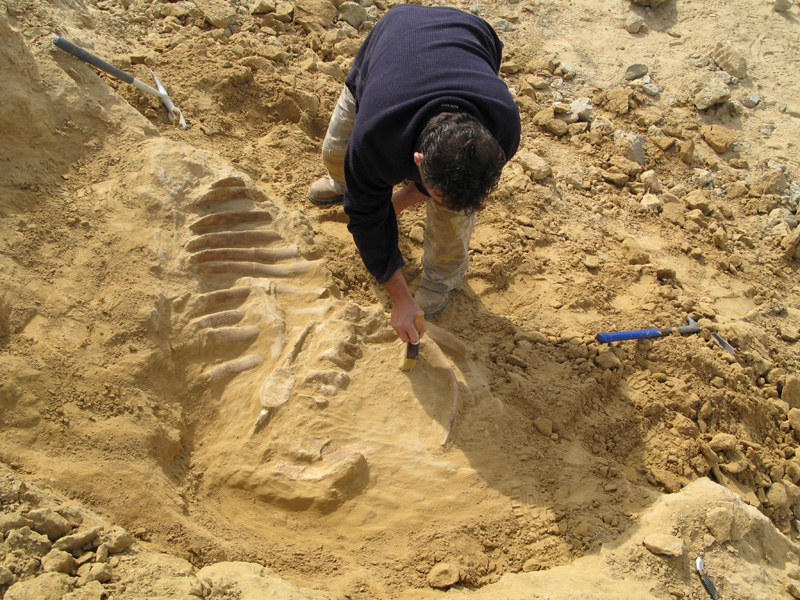
In a stunning scientific reversal, the name Brontosaurus was resurrected in 2015 through an exhaustive study published in the journal PeerJ by paleontologists Emanuel Tschopp, Octávio Mateus, and Roger Benson. Their research represented the most comprehensive analysis of diplodocid dinosaurs ever conducted, examining over 477 individual anatomical features across 81 specimens. Using sophisticated statistical methods and phylogenetic analysis, the team found that the differences between Apatosaurus and Brontosaurus were significant enough to warrant separate genus classifications after all.
Their study revealed that Brontosaurus specimens shared enough unique characteristics to form a distinct evolutionary group separate from true Apatosaurus fossils. The researchers identified at least 12 anatomical features that distinguished Brontosaurus, particularly in the shoulder blades, pelvic structure, and ankle bones. This meticulous work effectively reversed Riggs’ 1903 conclusion and provided robust evidence for restoring Brontosaurus to full scientific validity.
Why Scientific Classifications Matter

The Brontosaurus controversy highlights the importance of precise scientific classification beyond mere semantics. Taxonomy provides the essential framework through which scientists communicate about biodiversity and evolutionary relationships. When researchers discuss an Apatosaurus versus a Brontosaurus, these distinctions help pinpoint specific evolutionary branches within the sauropod family tree, revealing important details about how these massive animals evolved and diversified.
Accurate classification also assists in understanding prehistoric ecology, as slightly different physical structures might indicate different feeding strategies or habitat preferences among these giants. For museums and educational institutions, proper taxonomic identification ensures that public knowledge remains aligned with current scientific understanding. Additionally, clear classification helps paleontologists identify which features are truly significant when new fossils are discovered, potentially revealing evolutionary patterns that would otherwise remain obscured by taxonomic confusion.
The Three Species of Brontosaurus

The 2015 reclassification did more than just restore the Brontosaurus genus—it also clarified the species within it. According to the research team’s findings, three distinct Brontosaurus species can now be recognized. Brontosaurus excelsus, Marsh’s original species, remains the type species for the genus, distinguished by features in its scapula and vertebrae. Brontosaurus yahnahpin (previously classified as “Eobrontosaurus”) represents a second species, known from specimens found in the Morrison Formation of Wyoming.
The third recognized species, Brontosaurus parvus, was previously classified as Apatosaurus parvus before the 2015 study demonstrated its proper placement within Brontosaurus. Each species shows subtle but significant anatomical differences, suggesting they occupied slightly different ecological niches or represented different evolutionary stages of the genus. These distinctions highlight how the resurrected Brontosaurus isn’t just a duplication of Apatosaurus but represents a unique branch of sauropod evolution with its own diversification.
Debates and Acceptance in the Scientific Community

The 2015 resurrection of Brontosaurus sparked vigorous debate within paleontological circles. While many scientists quickly embraced the reclassification based on the thoroughness of the research, others maintained skepticism, suggesting that the observed differences might still represent species-level rather than genus-level distinctions. Some paleontologists argued that statistical methods for determining genus boundaries remain somewhat subjective and that different analytical approaches might yield different taxonomic conclusions.
Major institutions like the Natural History Museum in London and the Smithsonian have cautiously updated their materials to acknowledge the potential validity of Brontosaurus while noting the ongoing scientific conversation. Several influential paleontologists have publicly supported the reclassification, including Paul Barrett of the Natural History Museum and Mark Norell of the American Museum of Natural History. The debate represents healthy scientific discourse rather than a weakness in the research, demonstrating how taxonomy remains a dynamic field rather than a set of unchangeable facts.
What the Brontosaurus Saga Teaches Us About Science
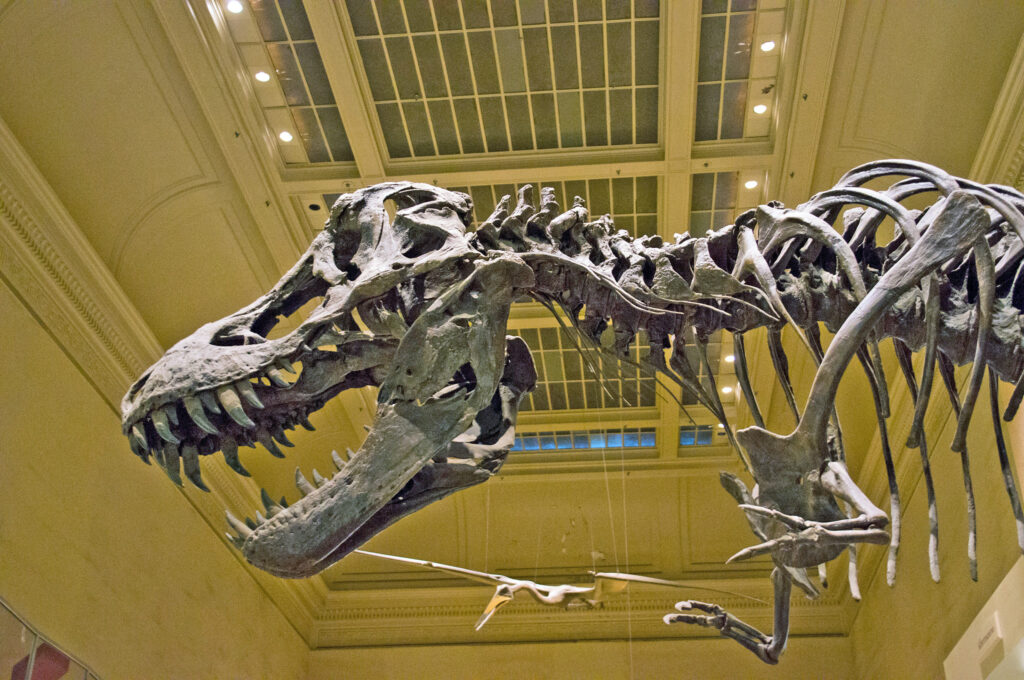
The Brontosaurus controversy perfectly exemplifies how science functions as a self-correcting process rather than an unchanging body of facts. Science advances through a continuous cycle of observation, hypothesis formation, testing, and revision when new evidence emerges. The initial classification, subsequent rejection, and ultimate resurrection of Brontosaurus demonstrate that scientific knowledge is provisional, always subject to refinement as methodologies improve and additional data become available.
This case shows that even long-established scientific “corrections” can themselves be corrected when subjected to more sophisticated analysis. The saga also illustrates that science is not determined by authority or popularity but by evidence—neither Marsh’s reputation nor the public’s affection for the name “Brontosaurus” could override Riggs’ evidence-based reclassification in 1903, just as the accumulated weight of evidence eventually forced a reconsideration a century later. For educators and science communicators, the Brontosaurus story offers a compelling example of how scientific understanding evolves over time.
The Cultural Impact of Brontosaurus’s Return
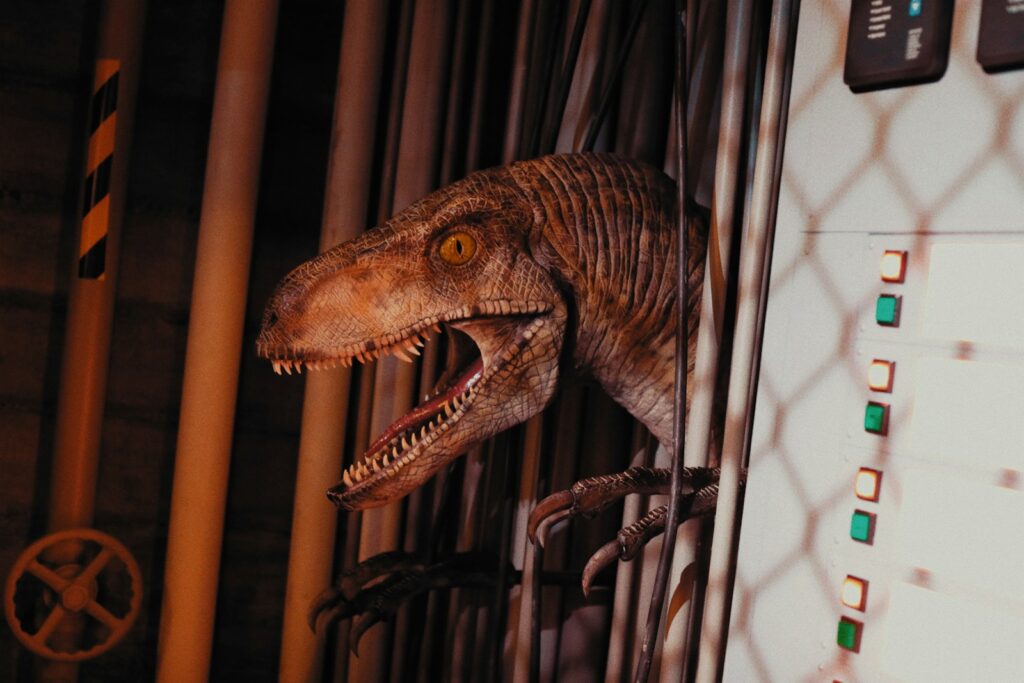
The scientific resurrection of Brontosaurus in 2015 generated remarkable public enthusiasm that extended far beyond paleontology circles. Major news outlets worldwide covered the story with headlines celebrating the return of a childhood favorite. Museums found themselves updating exhibits and educational materials once again, this time restoring the beloved name they had previously been obliged to remove.
The public response revealed how deeply certain dinosaurs are embedded in our cultural consciousness—people who could not explain cladistics or taxonomy nevertheless felt genuine joy at the thunder lizard’s scientific redemption. Toy manufacturers and publishers quickly reintroduced Brontosaurus products, sometimes with educational notes about the scientific controversy.
The Brontosaurus saga has become a fascinating case study in science communication, demonstrating both the challenges of conveying evolving scientific understanding to the public and the potential for genuine public engagement with taxonomic science. For many children who had insisted on calling the dinosaur “Brontosaurus” despite being corrected by well-meaning adults, the reversal felt like a particularly sweet vindication.
Conclusion

The Brontosaurus journey from discovery to dismissal to resurrection represents one of paleontology’s most intriguing scientific narratives. This saga demonstrates how scientific classification remains a dynamic process rather than an immutable set of facts. As research methodologies advance and more fossil evidence accumulates, our understanding of prehistoric life continues to evolve. The thunder lizard’s return to scientific validity reminds us that science follows evidence rather than tradition or preference.
For dinosaur enthusiasts who never abandoned their beloved Brontosaurus, the 2015 reclassification offered a rare moment where popular sentiment and scientific consensus realigned. As paleontology continues to develop, we can expect further refinements to our understanding of these magnificent creatures, perhaps including additional chapters in the remarkable story of Brontosaurus.


